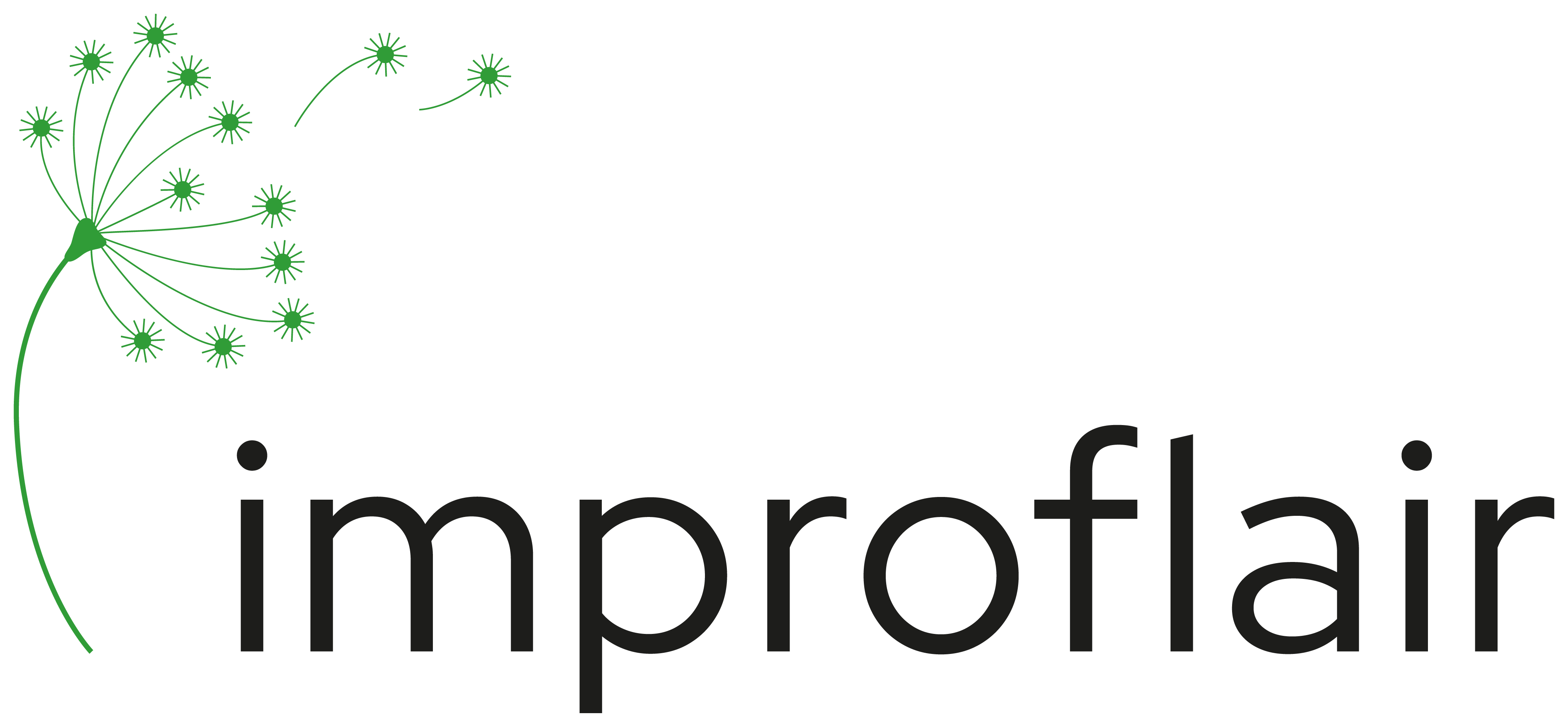Impulses to really see / here / perceive each other
A paradigm for any form of improvisation is, to notice what others around you are doing and also to use impulses offered by these people. That sounds quite normal, naturally, self-evident. One point is, that we often forget to do it, another one is that again and again it is important, to practice to do […]
Improvisation als Startpunkt, zum Kennenlernen, als Annäherung an ‚Herausforderndes‘
Zuletzt hatte ich die große Freude ein Workshop mit Methoden aus Angewandter Improvisation für „Start Oberösterreich“ http://www.start-stipendium.at/category/start-oberosterreich/ umzusetzen. Teilnehmende waren acht Jugendliche zwischen 15 und 17, die sich an zwei Tagen beim „Young Leadership Seminar“ für Ihre Tätigkeit als SprecherInnen für die StipendiatInnen vorbereiteten. Start „ist ein Stipendienprogramm, das engagierten Jugendlichen mit Migrationsgeschichte den Maturaabschluss […]
Assoziationsspiel: „Ich bin, ich bin, ich nehme“
Am 7. 2. 15 fand an der PH Heidelberg ein Treffen der „Play Ground HD“ von Forschenden / DisserdantInnen statt, die von Prof. Christian Spannagel betreut werden bzw. mit diesem Zusammenarbeiten. Ich habe dort über mein Projekt improflair berichtet. Dazu habe ich ein Assoziationsspiel eingesetzt, das ich unter den Namen „Ich bin, ich bin, ich […]
Nimm Geschenke wahr
Diesen Satz von Patricia Madson nehme ich als Ausgangspunkt um über Ressourcen zu schreiben (auch weil es am 13. 4. 2013 in Linz ein improweise_seminar zum Thema geben wird http://www.improweise.at/bildung_iw_seminar.html). Bei meinen oder iw_Seminaren begegne ich immer wieder Menschen, die davon erzählen, wie selten sie Lob und Anerkennung bekommen, bzw. solche die das Gefühl haben […]
Beginne irgendwo
Beginne irgendwo „So einfach kann es doch nicht sein!“ – eine Reaktion, die ich bei meinen / unseren Seminaren oder Beratungen manchmal bekomme. Dann, wenn eine Idee auftaucht, ein Lösungsansatz oder eine entlastende Alternative, die so „einfach“ ist, dass es fast schon weh tut. Warum ist es manchmal so schwer, das „Naheliegende“ wahrzunehmen bzw. es […]
Sei einfach da
Manchmal und immer wieder ist es sehr wichtig den Moment überhaupt als solchen wahrzunehmen. Ihn quasi einzufrieren, mit allen Sinnen zu erfassen und auch wahrzunehmen, welche Assoziationen entstehen. Mögliche Impulsfragen sind dazu u. a.: Was ist wo im Raum? (Gegenstände) Wie schaut das genau aus (wofür wurde es zuletzt verwendet, wozu könnte es noch eingesetzt […]
Vertrauenserweckender Hinweis :-)
…gefunden in Linz.

